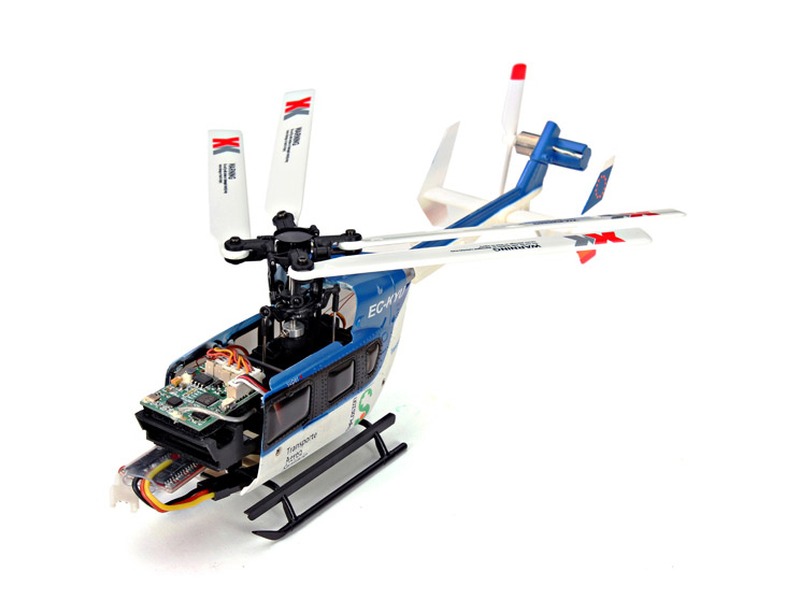Can helicopters fly in hot weather?

Yes, helicopters can fly in hot weather. The ability of a helicopter to fly in hot weather depends mostly on its design, the altitude of its flight, and the skill of its pilot. While the temperature of the air itself does not directly affect the performance of the aircraft, other factors related to the heat can have an impact on the ability of the aircraft to fly safely.
The air pressure at higher altitudes is lower than at the ground level, making it easier for a helicopter to fly in hot weather. As altitude increases, the air becomes less dense, and the aircraft is able to fly more efficiently. A helicopter usually flies at a higher altitude when the temperature is higher, allowing it to perform better in the hot weather.
In addition to the altitude, the design of a helicopter has an effect on its performance in hot weather. Generally speaking, helicopters with more powerful engines and more lift can handle hot weather better than others. Helicopters designed for higher altitudes and hotter temperatures have larger rotors and blades, more powerful engines, and a larger fuel capacity.
The skill of the pilot also plays a role in how well a helicopter can fly in hot weather. Knowing how to adjust the altitude and the speed of the aircraft to make the best use of the available lift and manage the heat can be crucial in hot weather. Pilots who are experienced in flying in hot conditions can take advantage of the reduced air density to fly efficiently and safely.
Finally, the air temperature affects the way a helicopter flies. Hot air is less dense, which means that the rotor blades need to move faster to generate the same lift as in colder temperatures. This means that the helicopter needs more power, and more fuel, to maintain the same level of performance.
Overall, while the temperature of the air itself does not directly affect the performance of a helicopter, a combination of factors related to heat and altitude can have an impact on its ability to fly safely and efficiently in hot weather. The right combination of design, altitude, and pilot skill can allow a helicopter to fly safely in hot conditions.
Comments / Question
2. Make sure workers are drinking plenty of water and are not working while dehydrated.
3. Provide cooling vests, hats, and other cooling garments to help keep workers cool.
4. Limit physical activity when the temperatures are highest, especially during peak hours.
5. Schedule frequent breaks throughout the day and provide access to cool, air-conditioned areas.
6. Make sure workers are wearing light-colored clothing to reflect the sun’s rays.
7. Provide appropriate personal protective equipment (PPE) to protect against heat-related illnesses.
8. Ensure that adequate ventilation is maintained in the work area.
9. Provide training on heat stress, its signs, and how to prevent it.
10. Monitor workers for signs of heat-related illnesses.

